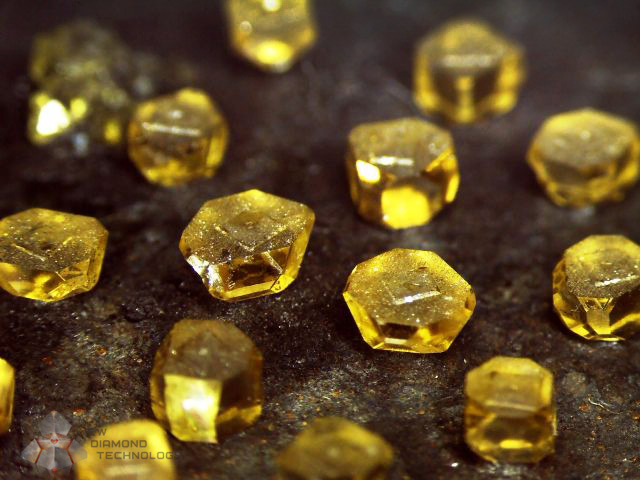The Myth of Diamond Rarity
Diamonds have long been revered for their beauty, durability, and perceived scarcity. However, a closer examination of the diamond industry reveals that the notion of diamonds being rare is more myth than reality.
Understanding Diamond Formation
How Diamonds Are Formed
Diamonds are formed deep within the Earth’s mantle under extreme heat and pressure. Carbon atoms crystallize over millions of years, forming diamonds.
Geological Processes
Various geological processes, why mined diamonds are not rare, such as volcanic eruptions and tectonic movements, bring diamonds closer to the Earth’s surface, where they can be mined.
Kimberlite Pipes
Most diamonds are found within kimberlite pipes, narrow volcanic formations that act as conduits for diamonds to reach the surface.
Global Diamond Reserves
Major Diamond Deposits
While diamonds are scattered across the globe, major deposits are concentrated in specific regions, including Africa, Russia, Australia, and Canada.
Distribution Patterns
Despite their global distribution, diamonds are not uniformly distributed, leading to regional disparities in diamond availability.
The Mining Process
Mining Techniques
Diamonds are extracted through various mining techniques, including open-pit mining and underground mining, each with its own environmental impacts.
Open-Pit Mining
Large-scale open-pit mining involves removing surface layers of soil and rock to access diamond-bearing ore.
Underground Mining
In contrast, underground mining involves tunneling deep into the Earth to extract diamonds from underground deposits.
Environmental Impact
Deforestation
Mining operations often result in extensive deforestation as trees are cleared to make way for mining infrastructure.
Water Pollution
Mining activities can also lead to water pollution through the discharge of toxic chemicals and sediments into nearby water bodies.
Diamond Supply and Demand
Industrial Use
Diamonds have various industrial applications, man made diamonds, including cutting and polishing other diamonds and manufacturing tools and machinery.
Cutting and Polishing
The majority of diamonds mined are used in the cutting and polishing industry to create the dazzling gemstones we’re familiar with.
Market Dynamics
De Beers Influence
Historically, De Beers dominated the diamond market, controlling both the supply and pricing of diamonds to maintain their perceived value.
Pricing Strategies
Diamond prices are influenced not only by supply and demand but also by marketing strategies employed by companies to create artificial scarcity.
Lab-Created Diamonds
The Rise of Synthetic Diamonds
Advancements in technology have led to the rise of lab-created diamonds, which have properties similar to natural diamonds but are more ethically and environmentally sustainable.
Advancements in Technology
Technological innovations have made it possible to produce lab-created diamonds that are virtually indistinguishable from natural diamonds.
Consumer Perception
Ethical Considerations
Many consumers are increasingly concerned about the ethical implications of traditional diamond mining, leading to a growing demand for lab-created diamonds.
Environmental Benefits
Lab-created diamonds have a significantly lower environmental impact compared to traditional mining, making them a more sustainable choice for environmentally conscious consumers.
Debunking the Rarity Myth
Marketing Tactics
The diamond industry has long relied on marketing tactics to create the illusion of diamond rarity, driving up demand and prices.
Perceived Value
The perceived value of diamonds is largely based on their scarcity, perpetuated by marketing campaigns that emphasize their rarity.
Economic Factors
Supply Control
Diamond companies have historically controlled the supply of diamonds to maintain high prices, despite the abundance of diamonds in the Earth’s crust.
Demand Manipulation
By manipulating consumer demand through marketing and advertising, diamond companies can artificially inflate prices and maintain their profit margins.
Conclusion
In conclusion, while diamonds may hold significant cultural and symbolic value, the idea of their rarity is largely a construct of the diamond industry. Understanding the geological processes of diamond formation, mining techniques, and market dynamics reveals that diamonds are far from rare. As consumers become more aware of the environmental and ethical implications of traditional diamond mining, lab-created diamonds offer a sustainable alternative without sacrificing beauty or quality.

